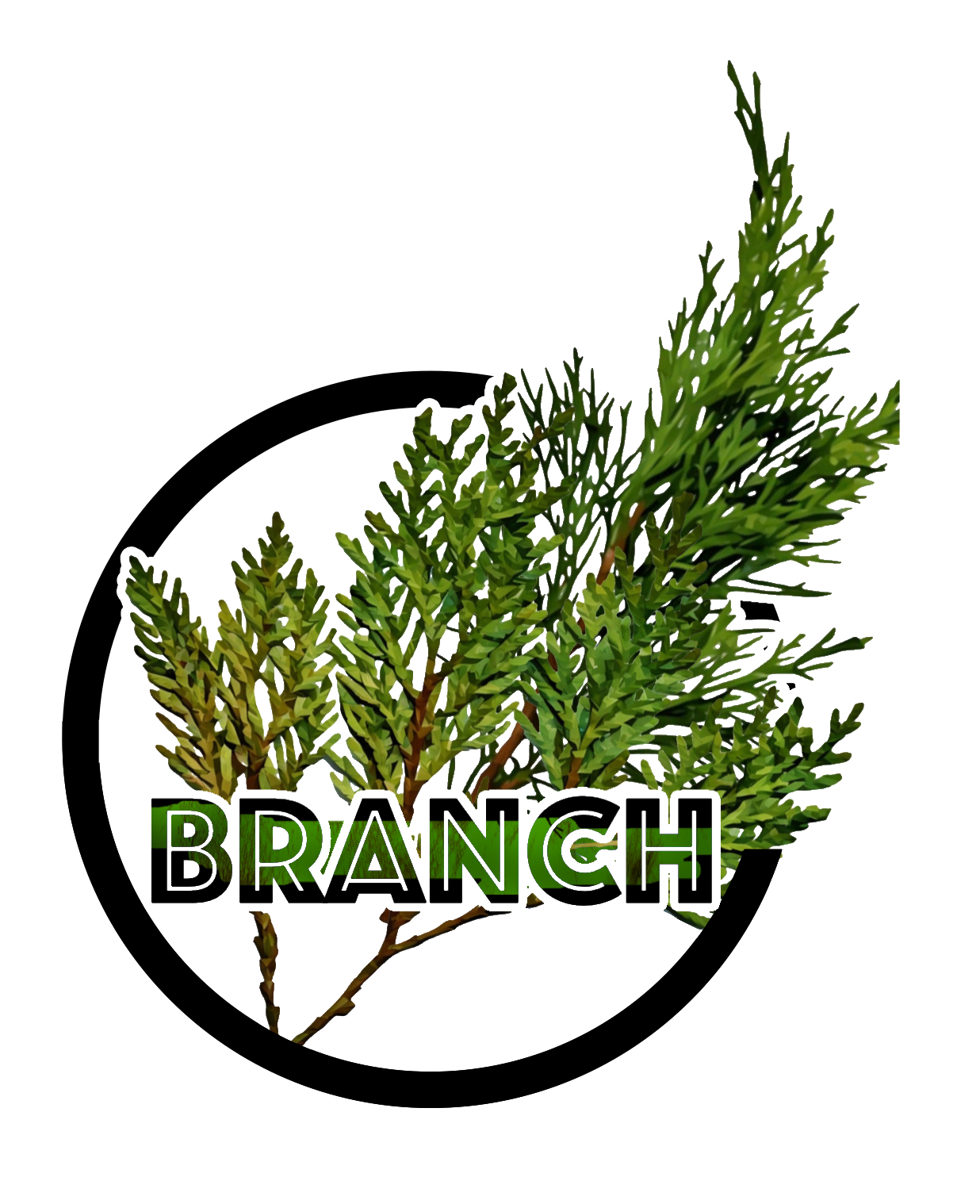
Research that is putting you first
Safe Research Practices with Indigenous and 2S LGBTQQIA+ People
This project aims to address gaps in how research is done within the community and how researchers can be better equipped to conduct safe research. Safe research is about acknowledging that people have been through difficult things, such as trauma or violence, and giving them the support they need to feel safe, respected, and understood.
Why TVIC?
Research is often a useful tool to support the identification of community needs and ensure they are addressed. By investing in TVIC (Trauma and Violence Informed Care) and Cultural Safety practices in research, we can establish more ethical guidelines and create better research experiences.
Get Involved
Learn More about the BRANCH Project and how you can participate:
Want to Learn More?
Check out our Project Overview to learn about the BRANCH project and process.
Want Progress Updates?
Follow us on social media for the latest updates and news on project progress.
Want to Participate?
Reach Out to get involved and be part of this innovative and exciting project.

We are committed to meeting OCAP principles, and being reciprocal in our work. Please reach out, and let us know about community ethical protocols, and how we can give back.



